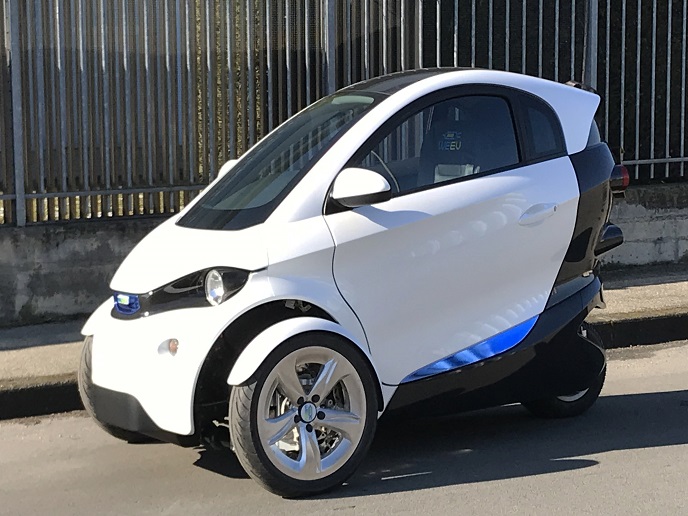Lighter automotive parts thanks to aluminium nanocomposites
To improve vehicle efficiency and meet stricter regulations, the automotive industry needs to reduce vehicle weight without compromising strength or safety. Traditional steel components, while robust, contribute heavily to overall vehicle mass. This has led to alternative materials like aluminium composites, which integrate nanosized reinforcements to achieve superior strength-to-weight ratios, thermal stability and durability.
Commercialising advanced composites and technology
The EU-funded FLAMINGo(opens in new window) project pioneered aluminium metal matrix nanocomposites (Al-MMnCs) – advanced materials that incorporate ceramic nanoparticles like silicon carbide (SiC) or titanium carbide (TiC) into an aluminium base. “These composites deliver exceptional mechanical strength while keeping weight low. The goal is to move beyond lab experiments and make these materials practical for real-world applications,” notes project coordinator Alvise Bianchin. “From the outset, the goal was not to create a perfect material in a controlled lab environment but to manufacture something that could be realistically produced and seamlessly integrated into existing automotive manufacturing processes,” adds Bianchin. To achieve this, the team focused on conventional forming technologies for aluminium, such as green sand casting, low-pressure die casting, high-pressure die casting and direct chill casting, plus extrusion – proven, cost-effective methods that provided an ideal platform for introducing the new materials.
Tackling challenges in uniform nanoparticle distribution
Incorporating nanoparticles such as SiC and TiC into the aluminium matrix presented challenges, namely developing innovative solutions to ensure that these particles were evenly dispersed, without settling or agglomerating. To this end, researchers developed specialised mixing methods, refining impeller(opens in new window) designs and studying flow behaviour to achieve consistent distribution. Simulation also played a critical role. By modelling particle sedimentation based on size, density and melt flow dynamics, the team succeeded in predicting critical timeframes and optimising processing parameters. This ensured the nanoparticles were uniformly distributed throughout the matrix. Once the materials were developed, the team shifted focus to component design. Instead of simply replicating the original steel parts in aluminium, they used finite element analysis and topology optimisation to redesign them. The goal was to tailor the components to leverage the high specific stiffness and strength of Al-MMnCs while ensuring they remained cost-effective and manufacturable. Ultimately, the team employed non-destructive testing, stress-strain monitoring and full-scale testing both in the lab and on actual vehicles. This included CT scans to detect casting defects, as well as static and road load testing to confirm mechanical performance.
Transforming steel components into lightweight alternatives
Using an electric utility vehicle as a demonstrator, FLAMINGo focused on key components that would benefit most from ‘lightweighting’: the steering knuckles, rear damper top mounts and rear frame profiles. Originally made from steel, these parts could not simply be replaced for aluminium nanocomposites. Instead, the researchers redesigned them, adapting manufacturing processes and testing every aspect. Their efforts led to structurally sound, lighter components that integrated into existing production methods. “On a full vehicle scale, these changes delivered a 2-3 % weight reduction. While that might seem modest, scaling this approach to similar components across the vehicle could achieve over 12 % weight savings. At the component level, we saw reductions of up to 45 % – a truly significant achievement,” highlights Bianchin. Extensive nanosafety assessments showed no increased risk compared to conventional aluminium alloys. “Al-MMnC releases similar levels of airborne particles during welding, milling or recycling. This ensures that using these materials in automotive applications introduces no additional nanosafety concerns, building trust in their adoption,” concludes Bianchin.







